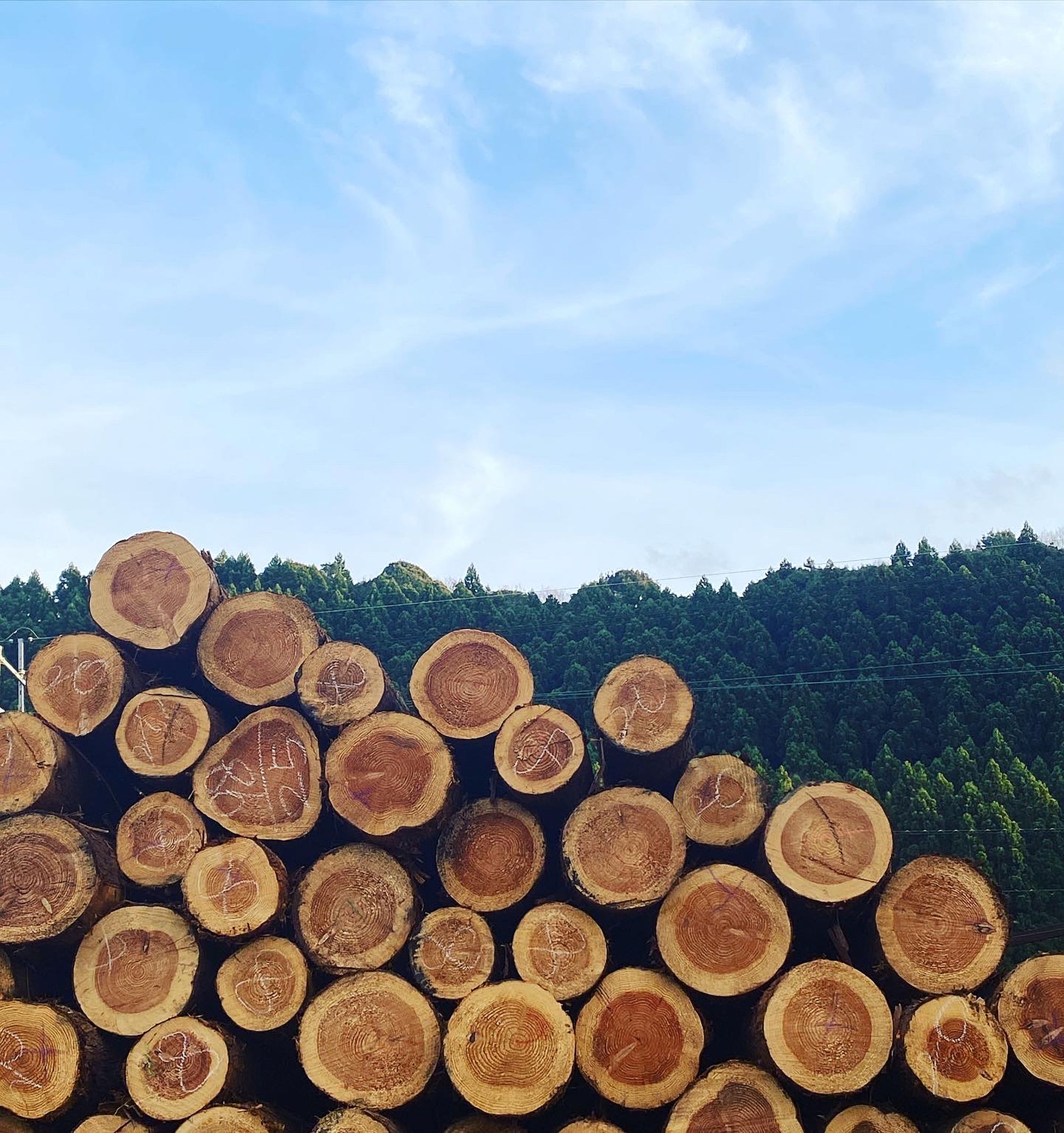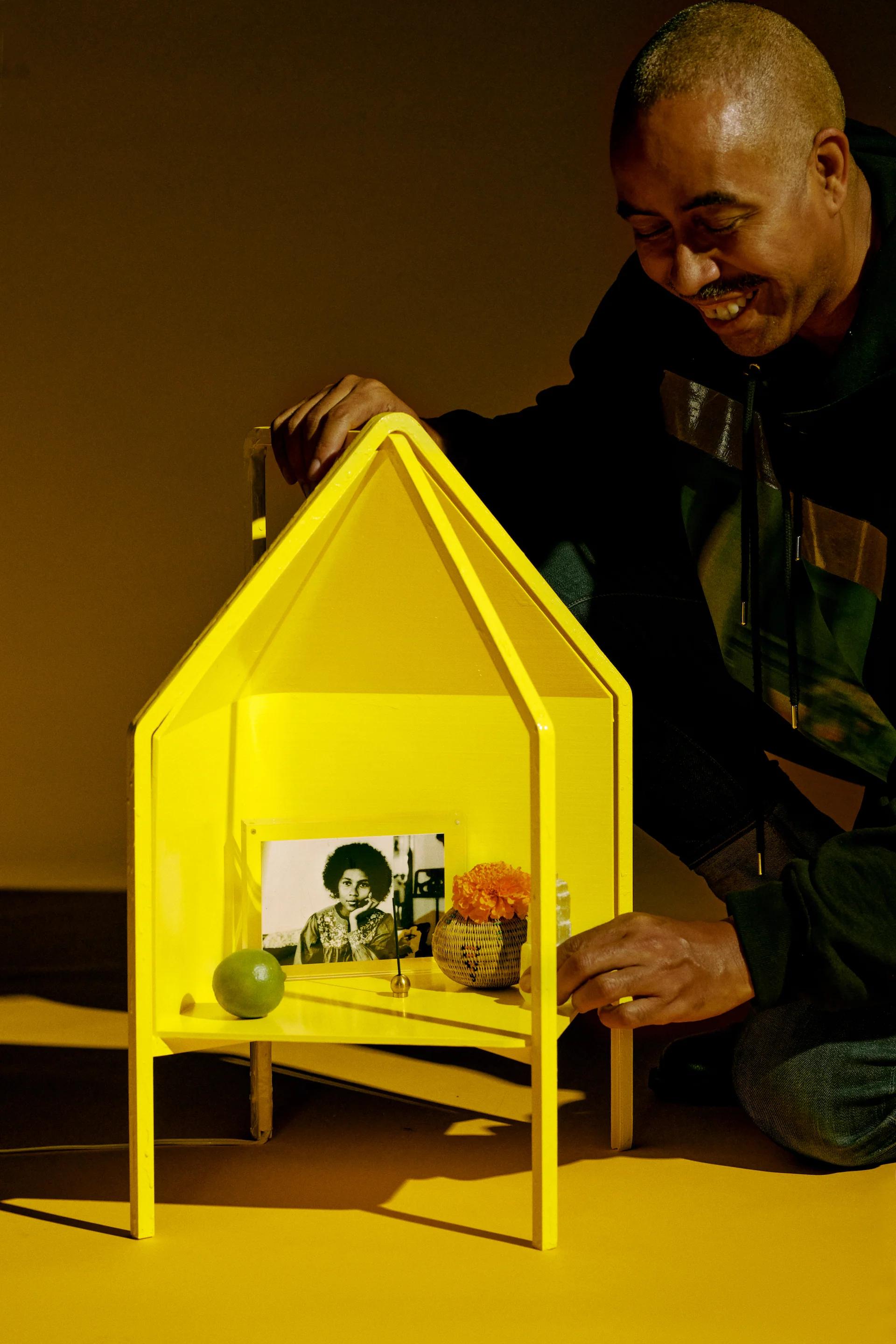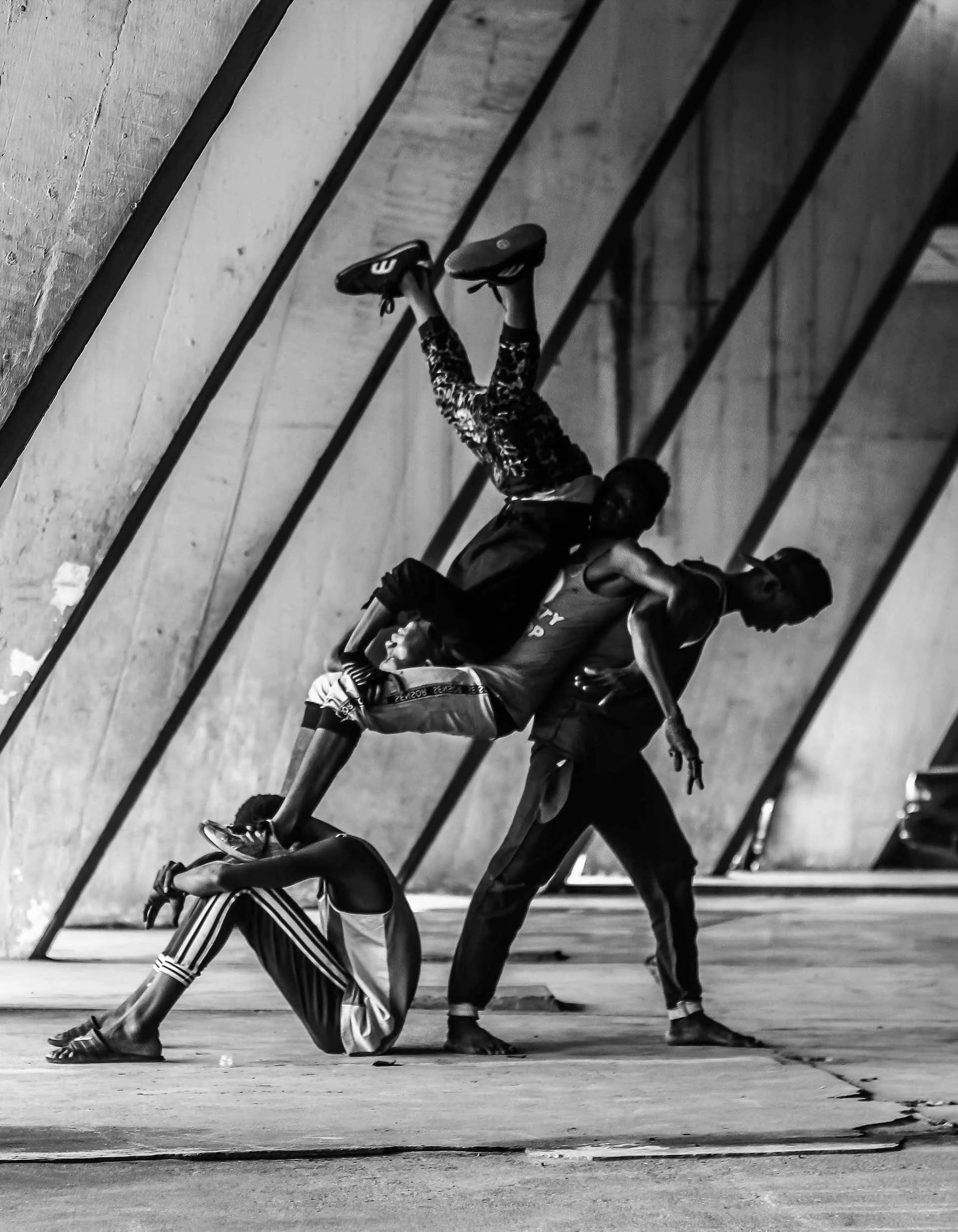POSTCARDS FROM MARCH 17 2023
by Design Miami
The acclaimed duo reflects on an iconic work of design activism and the ongoing crisis of family separation—and offers up their own response
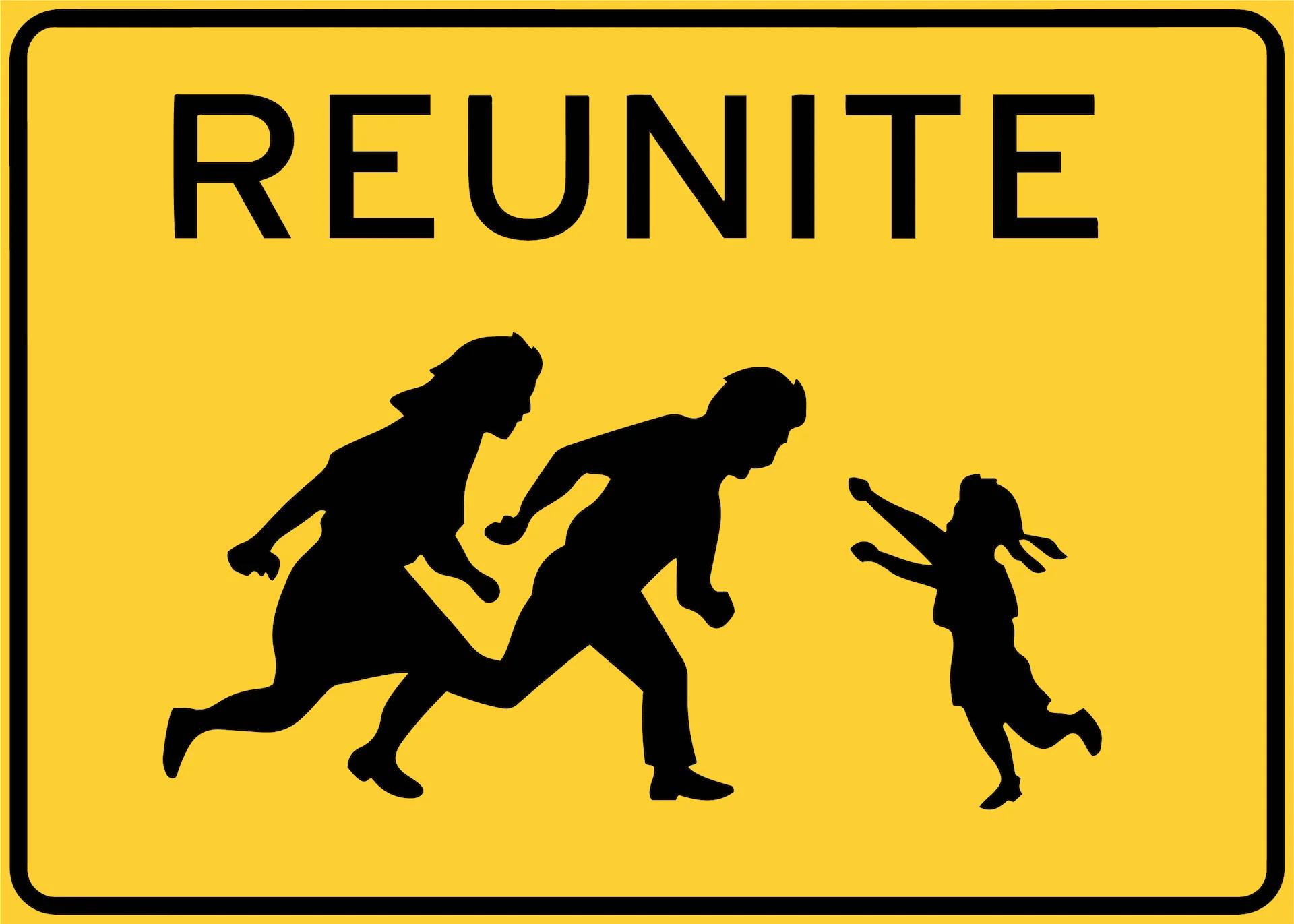
RAEL SAN FRATELLO/ REUNITE
Image courtesy of the designers
In our Postcards From series, we ask future-facing design thinkers to share a short message about what’s on their minds right now. This time around, we hear from acclaimed duo Ronald Rael and Virginia San Fratello.
The award-winning, California-based practice tackles some of the most pressing issues of our day—immigration, waste, and more—through projects that fuse design, architecture, technology, and activism. From 3D printing houses out of salt and clay to installing pink see-saws on the wall at the U.S.-Mexico border, the studio is known for bold, thoughtful works that appeal to our shared humanity and look toward a more equitable, sustainable future.
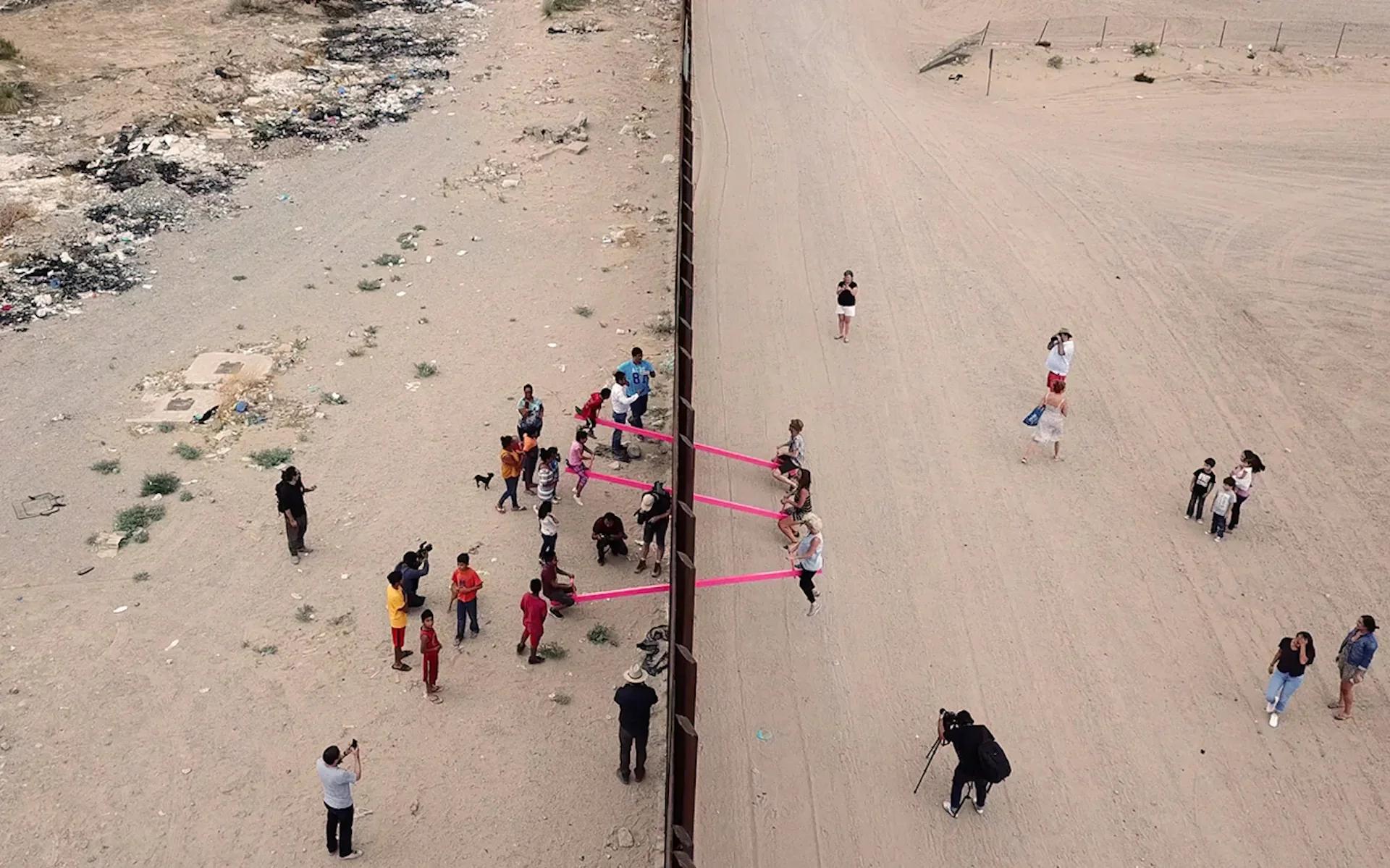
TEETER-TOTTER WALL ON THE U.S.-MEXICO BORDER, 2019. THE DESIGN SERVES AS A METAPHOR; ACTIONS THAT TAKE PLACE ON ONE SIDE HAVE A DIRECT CONSEQUENCE ON THE OTHER
Photo courtesy of Rael San Fratello
In 2019, the studio created “Reunite,” an open-source image for use in child separation protests around the globe. The image was—as the designers explain below—adapted from an existing, iconic sign with a striking history. Notably, Rael San Fratello’s image—now part of SFMOMA’s permanent collection—was also presented as a billboard in partnership with For Freedoms' 50 State initiative and included in How the Light Gets In, a 2019 exhibition at Cornell University’s Johnson Museum of Art “about the movement of people across the globe and the welcome cracks that develop in our notions of borders and nation states.” Read on for more on in their own words.

RAEL SAN FRATELLO/ REUNITE
Photo © Nuria Mendoza
Dear Design,
More than 5,500 children, including infants, were separated from their families at the U.S. border between 2017 and 2021 in an approach to deter illegal immigration at the U.S.-Mexico border. Today, hundreds of these families have still not been reunited. Policies such as these, which separate indigenous families, are not new to this continent, and are an ongoing horror in the contemporary, and historic, borderlands. Family separation of Native Americans, which led to children being sold into slavery, was enforced by the federal government until the Civil War, but the practice continued for several decades after, particularly in the southwestern United States. Well into the late 20th century, as much as one-third of indigenous children were separated from their families in the U.S. and placed in adoptive homes, foster homes, or institutions. The removal of Native American children from their natural homes and tribal setting has been and continues to be a national crisis, stated a 1970’s era Congressional report on indigenous family separation.

JOHN HOOD/ 1990S HIGHWAY SIGN IS A SOPHISTICATED WORK OF DESIGN ACTIVISM
Image courtesy of Rael San Fratello
In the 1990s, John Hood, a Navajo Vietnam War veteran from New Mexico working for the California Department of Transportation as a graphic artist, was given an assignment in response to the sharp rise in immigrant traffic deaths. His image was developed to elicit immediate recognition of the potential traffic and safety hazard of migrants crossing the highway. The final design process took approximately a week, and Hood drew inspiration from both his experiences in Vietnam as well as stories from his Navajo parents. Hood has stated the man’s profile is similar to Cesar Chavez, and the child was depicted as a little girl being dragged along, illustrating the potential running motion with the little girl's flowing pigtails because, in Hood’s words, “little girls are dear to the heart, especially for fathers.” Hood also likened the immigrants’ plight to the Long Walk of the Navajo to their present-day reservation in northeastern New Mexico in 1864 at a time when child separation of Native children was rampant.
The brilliance of Hood’s original design comes from having embedded within a simple highway sign a sophisticated work of design activism that has become thoughtful and iconic. Hood’s own personal history and the design’s reflection on forced immigration among Native Americans 160 years ago, and immigration today—forced as a result of violence, climate change, and poverty—prompted us to build upon the genius of his original design to call attention to the issues of child separation and migration that still plague us today. We hope this postcard encourages more dialogue and civic engagement around this issue and focuses attention on the effort of reuniting families separated at the border. Anyone can also download this design here.
Sincerely,
Ronald RAEL (RRAEL) & Virginia San Fratello
